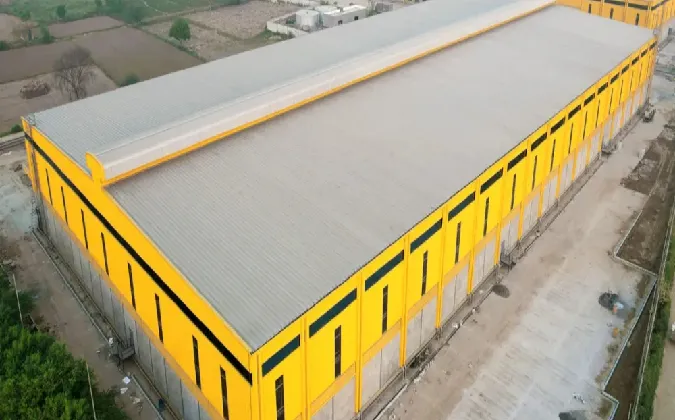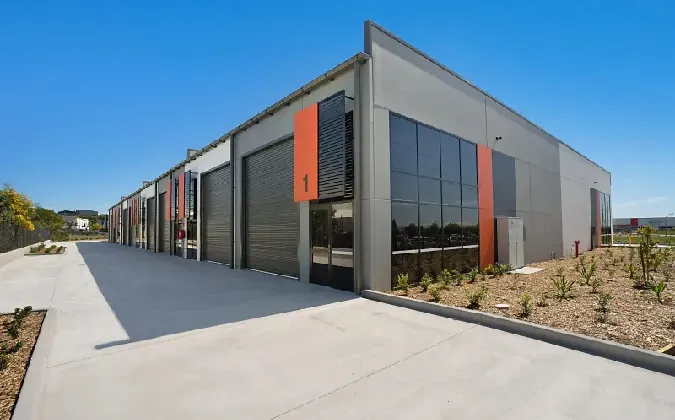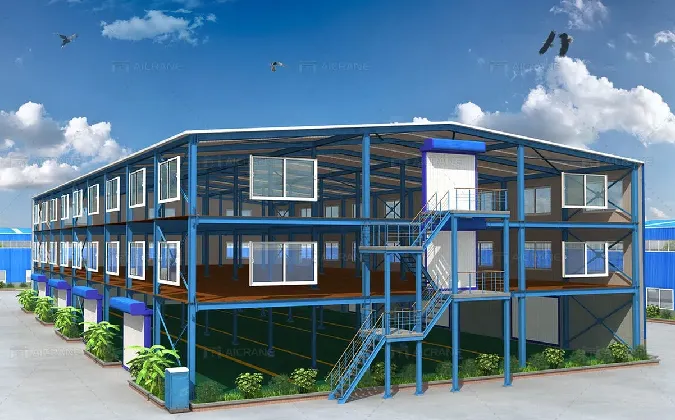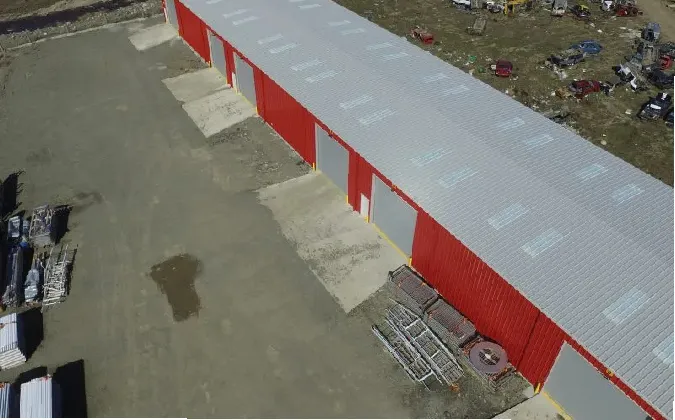- Afrikaans
- Albanian
- Amharic
- Arabic
- Armenian
- Azerbaijani
- Basque
- Belarusian
- Bengali
- Bosnian
- Bulgarian
- Catalan
- Cebuano
- Corsican
- Croatian
- Czech
- Danish
- Dutch
- English
- Esperanto
- Estonian
- Finnish
- French
- Frisian
- Galician
- Georgian
- German
- Greek
- Gujarati
- Haitian Creole
- hausa
- hawaiian
- Hebrew
- Hindi
- Miao
- Hungarian
- Icelandic
- igbo
- Indonesian
- irish
- Italian
- Japanese
- Javanese
- Kannada
- kazakh
- Khmer
- Rwandese
- Korean
- Kurdish
- Kyrgyz
- Lao
- Latin
- Latvian
- Lithuanian
- Luxembourgish
- Macedonian
- Malgashi
- Malay
- Malayalam
- Maltese
- Maori
- Marathi
- Mongolian
- Myanmar
- Nepali
- Norwegian
- Norwegian
- Occitan
- Pashto
- Persian
- Polish
- Portuguese
- Punjabi
- Romanian
- Russian
- Samoan
- Scottish Gaelic
- Serbian
- Sesotho
- Shona
- Sindhi
- Sinhala
- Slovak
- Slovenian
- Somali
- Spanish
- Sundanese
- Swahili
- Swedish
- Tagalog
- Tajik
- Tamil
- Tatar
- Telugu
- Thai
- Turkish
- Turkmen
- Ukrainian
- Urdu
- Uighur
- Uzbek
- Vietnamese
- Welsh
- Bantu
- Yiddish
- Yoruba
- Zulu
Aug . 07, 2024 08:15 Back to list
The Importance of Farm Buildings in Modern Agriculture
Farm buildings play a crucial role in the efficiency and success of modern agriculture. As the backbone of farming operations, these structures are specifically designed to support a variety of agricultural activities, from housing livestock to storing equipment and products. This article explores the significance of farm buildings, their types, and the innovations that enhance their functionality.
Types of Farm Buildings
Farm buildings come in several forms, each serving a distinct purpose. Barns are perhaps the most iconic, traditionally used for storing hay and housing livestock. Depending on the type of farming operation, barns can be tailored to meet specific needs, whether it is for dairy cows, pigs, or poultry. For instance, modern dairy barns are equipped with advanced milking systems that improve efficiency and animal welfare.
Silos are another essential component of farm infrastructure. They are used for the storage of grains and feed, protecting these resources from pests and moisture. With the ever-increasing demand for food production, silos have evolved into sophisticated structures that can hold vast quantities of crops and ensure their quality over extended periods.
Other important farm buildings include greenhouses, which enable the growth of plants in controlled environments, thereby extending the growing season and increasing yields. These buildings allow for year-round production of vegetables and flowers, catering to market demands more effectively.
The Role of Farm Buildings in Sustainable Practices
farm building

As the agricultural industry faces challenges such as climate change and resource scarcity, farm buildings are being designed with sustainability in mind
. Modern construction techniques use eco-friendly materials, while innovative designs maximize energy efficiency. For example, many farms are now incorporating solar panels into their building designs to harness renewable energy for operations, thereby reducing their carbon footprint.Moreover, well-designed farm buildings can improve animal welfare and productivity. For instance, barns with proper ventilation systems and adequate space ensure that livestock remain healthy and stress-free, which in turn enhances their productivity. The integration of technology, such as automated feeding systems and climate control, has also enabled farmers to optimize their operations, ensuring both efficiency and sustainability.
Technological Advancements in Farm Buildings
The rise of smart farming has transformed how farm buildings are utilized. With the integration of Internet of Things (IoT) technology, farmers can monitor conditions within their buildings remotely. Sensors can track temperature, humidity, and even livestock health, allowing for real-time adjustments to create optimal environments for production. This not only increases efficiency but also helps in reducing the input costs associated with traditional farming methods.
Automation is another trend reshaping farm buildings. Robotics and automated systems are gradually taking over labor-intensive tasks, such as feeding animals and cleaning barns. This shift allows farmers to focus on more strategic elements of their operations, such as planning and resource management.
Conclusion
Farm buildings are indispensable to modern agriculture. They facilitate efficient operation, support sustainable practices, and are continuously evolving with technological advancements. As the global population continues to rise, the demand for food will intensify, making the role of farm buildings even more critical. By investing in innovative designs and sustainable practices, the agricultural industry can continue to meet these challenges head-on while ensuring the welfare of livestock and the environment. Ultimately, the evolution of farm buildings reflects the broader transformation of agriculture, driving us towards a more sustainable and productive future.
-
Steel Frame Factory with Insulated Roof Panels
NewsAug.14,2025
-
Prefab Metal Building with Insulation Package Options
NewsAug.14,2025
-
Industrial Steel Sheds for Temporary Workshop Use
NewsAug.14,2025
-
Metal Workshops Featuring Corrugated Steel Roofs
NewsAug.14,2025
-
Modular Steel Frame Excellence: Our Pursuit of Perfection
NewsAug.14,2025
-
Metal Garage Kits Crafted with Customer Satisfaction at Heart
NewsAug.14,2025
Products categories
Our Latest News
We have a professional design team and an excellent production and construction team.












